Russia's Military Posture: A Growing Threat To European Stability?
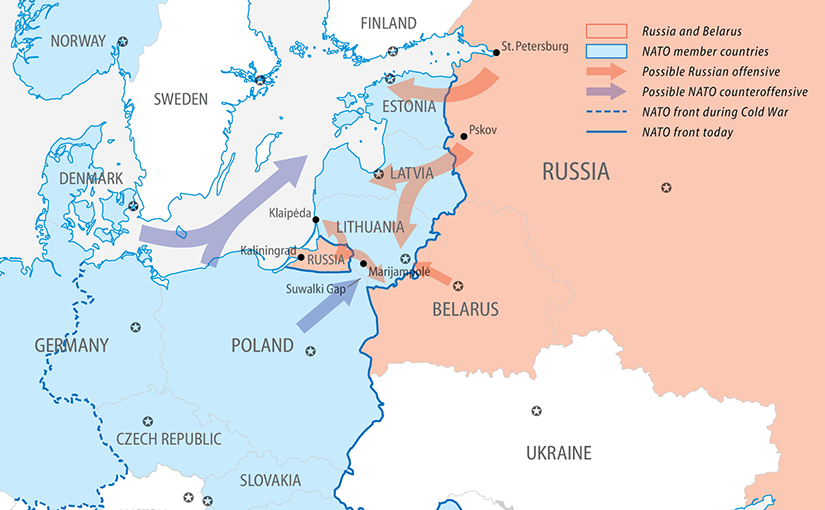
Table of Contents
Modernization of Russia's Military Arsenal
Russia's military modernization is a key driver of its growing influence and perceived threat. Significant investment in advanced weaponry has transformed its military capabilities, creating a powerful force capable of projecting power regionally and globally. This modernization program focuses on several key areas:
-
Advanced Weaponry: Russia has invested heavily in the development and deployment of hypersonic weapons, posing a significant challenge to existing missile defense systems. These, coupled with a modernized nuclear arsenal, represent a considerable deterrent. The development of precision-guided munitions also enhances its conventional warfare capabilities.
-
Next-Generation Equipment: The development of new generation fighter jets, such as the Su-57, along with advanced air defense systems like the S-400, strengthens Russia's air power and its ability to control airspace. This modernization directly challenges the air superiority of many NATO members.
-
Asymmetric Warfare: Russia has increasingly focused on developing capabilities in asymmetric warfare, including cyber warfare and information operations. These tools are used to destabilize adversaries without direct military confrontation, making them a particularly challenging aspect of Russia's military posture.
-
Increased Military Spending: Russia's military spending, while fluctuating, consistently exceeds that of many European nations combined. This sustained financial commitment underscores the Kremlin's prioritization of military strength as a core element of its national strategy. This level of investment directly fuels the development and deployment of new weapons systems and technologies.
Russia's Military Doctrine and Strategic Goals
Understanding Russia's military doctrine and strategic goals is crucial to assessing the threat it poses. Russia's military doctrine emphasizes a "proactive defense" strategy, prioritizing the ability to respond swiftly and decisively to perceived threats. This often involves assertive actions in its perceived "near abroad."
-
Perceived Threats and Response: Russia views NATO expansion as a direct threat to its security interests, leading to heightened military activity near its borders and increased rhetoric against the alliance. This perceived threat significantly informs its military actions and postures.
-
Assertive Foreign Policy: Russia's assertive foreign policy, characterized by military interventions in Georgia and Ukraine, demonstrates a willingness to use military force to achieve its geopolitical objectives. This assertive behavior directly contributes to regional instability.
-
Sphere of Influence: Russia actively seeks to maintain its sphere of influence in the former Soviet republics and Eastern Europe. This ambition clashes with the aspirations of some of these nations, particularly those seeking closer ties with the West, leading to tensions and increased military presence from both sides.
-
Challenging the International Order: Russia's actions challenge the existing international order and the principles of sovereignty and territorial integrity. This disregard for international norms and laws raises significant concerns within the international community.
The Impact on NATO and European Security
Russia's military posture significantly impacts NATO and European security. The alliance has responded to the growing threat with increased military exercises, deployments, and enhanced defense spending.
-
NATO Response: NATO has increased its military presence in Eastern Europe, deploying troops and equipment to deter potential Russian aggression. These deployments are a direct response to Russia's military buildup and its assertive actions.
-
European Security Cooperation: Russia's actions have spurred closer European security cooperation, with increased collaboration among member states on defense and intelligence sharing. The need to counter Russia's military activities has strengthened the bonds between these countries.
-
Challenges to Collective Defense: Maintaining collective defense within NATO presents ongoing challenges, particularly in addressing the diverse perspectives and security concerns of member states. Balancing the need for robust deterrence with the prevention of escalation remains a difficult task.
-
Deterrence Strategy: NATO's deterrence strategy relies on demonstrating a credible capacity to respond to any Russian aggression. This strategy requires a strong military posture, coupled with a clear and consistent communication of its red lines.
The Case of Ukraine and its Implications
The conflict in Ukraine serves as a stark example of the implications of Russia's military posture. Russia's military intervention in Ukraine represents a blatant violation of international law and a serious threat to regional stability.
-
Russian Aggression: The annexation of Crimea and the ongoing conflict in eastern Ukraine demonstrate Russia's willingness to use military force to achieve its geopolitical objectives. This aggressive behavior has destabilized the region.
-
Violation of International Law: Russia's actions violate Ukraine's sovereignty and territorial integrity, undermining the principles of international law and the rules-based international order. The impact extends beyond regional stability, influencing global security.
-
Humanitarian Consequences: The conflict in Ukraine has had devastating humanitarian consequences, causing widespread displacement, loss of life, and suffering. The humanitarian crisis directly results from Russia's military actions.
-
Long-Term Effects: Russia's actions have long-term effects on Ukraine's sovereignty and territorial integrity. The ongoing conflict has a severe impact on Ukraine's economy and its people.
Conclusion
Russia's ongoing military modernization and assertive geopolitical actions pose a significant and evolving threat to European stability. The modernization of its arsenal, coupled with its strategic goals, challenges the existing security architecture and necessitates a robust and adaptable response from the international community. The situation in Ukraine serves as a stark reminder of the potential consequences of Russia's military posture. Understanding Russia's military posture is crucial for policymakers and citizens alike. Continued monitoring and analysis of Russia's military actions and capabilities are vital for maintaining European security and preventing further escalation. We must remain vigilant in assessing the evolving threat posed by Russia's military and develop strategies to mitigate the risks it presents to regional and global peace and security.

Featured Posts
-
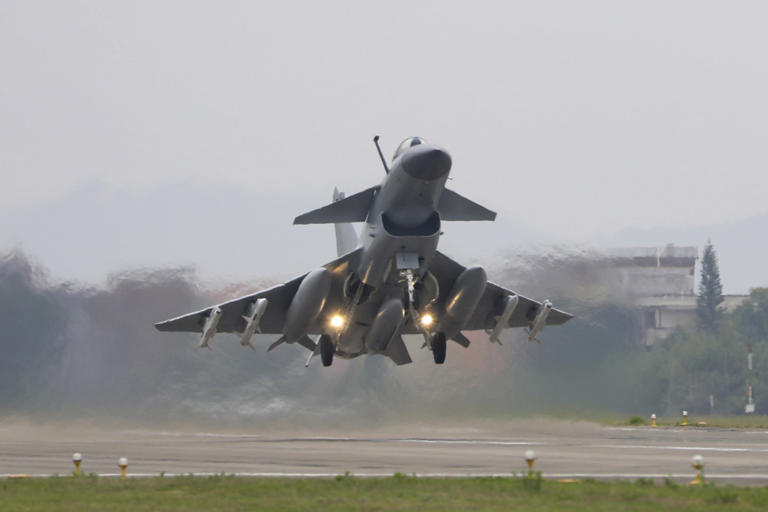 Us Pressure Fails Hungarys Unwavering Economic Relationship With China
Apr 29, 2025
Us Pressure Fails Hungarys Unwavering Economic Relationship With China
Apr 29, 2025 -
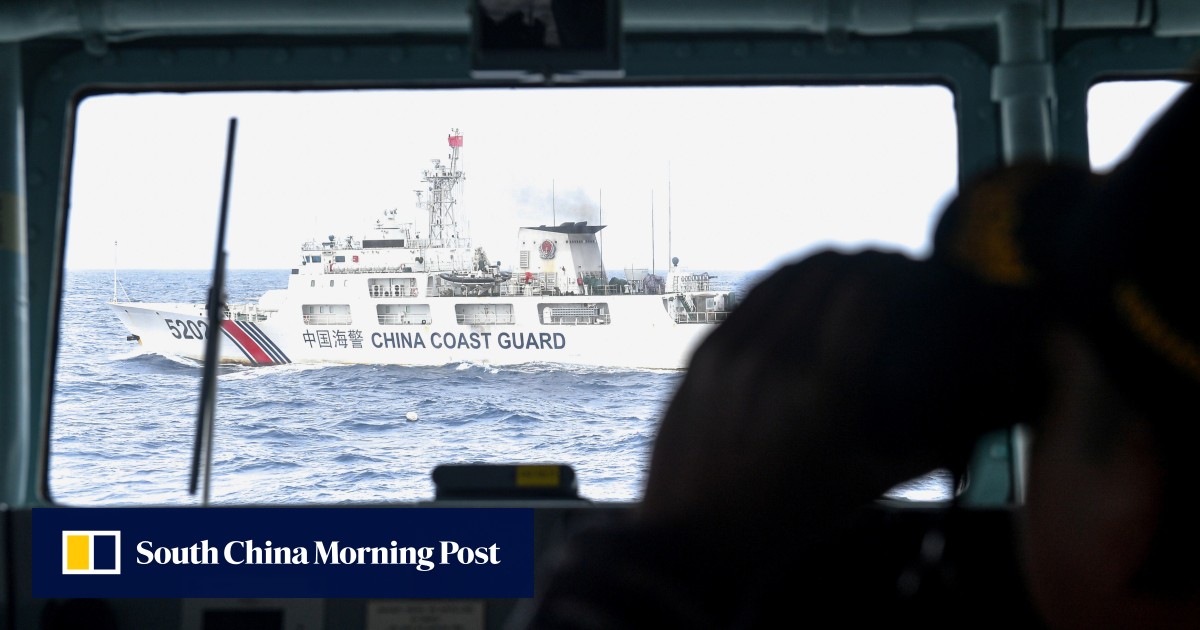 Hungary Stands Firm Rejecting Us Pressure On China Economic Links
Apr 29, 2025
Hungary Stands Firm Rejecting Us Pressure On China Economic Links
Apr 29, 2025 -
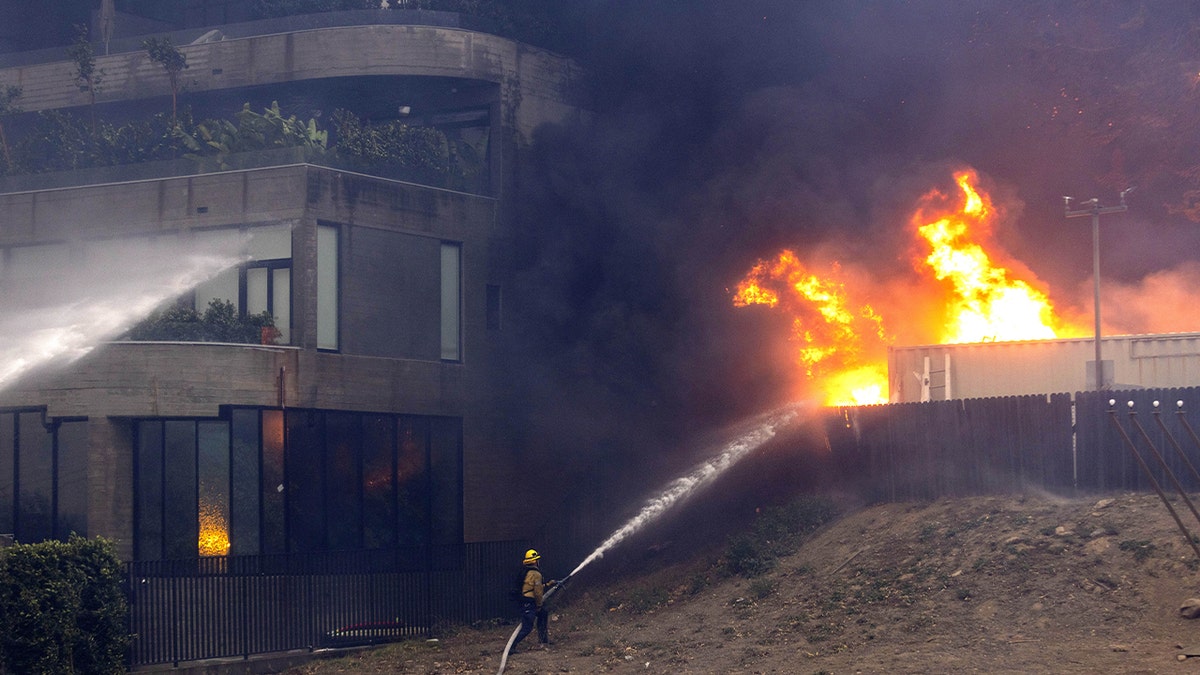 La Palisades Fire Which Celebrities Lost Their Homes
Apr 29, 2025
La Palisades Fire Which Celebrities Lost Their Homes
Apr 29, 2025 -
 Dysprosium The Rare Earth Element Disrupting The Electric Vehicle Industry
Apr 29, 2025
Dysprosium The Rare Earth Element Disrupting The Electric Vehicle Industry
Apr 29, 2025 -
 Trumps New Order Creating A National Registry Of Sanctuary Jurisdictions
Apr 29, 2025
Trumps New Order Creating A National Registry Of Sanctuary Jurisdictions
Apr 29, 2025
Latest Posts
-
 Cybercriminal Accused Of Millions In Office365 Executive Account Hacks
Apr 29, 2025
Cybercriminal Accused Of Millions In Office365 Executive Account Hacks
Apr 29, 2025 -
 Office365 Executive Inboxes Targeted Millions Stolen Authorities Say
Apr 29, 2025
Office365 Executive Inboxes Targeted Millions Stolen Authorities Say
Apr 29, 2025 -
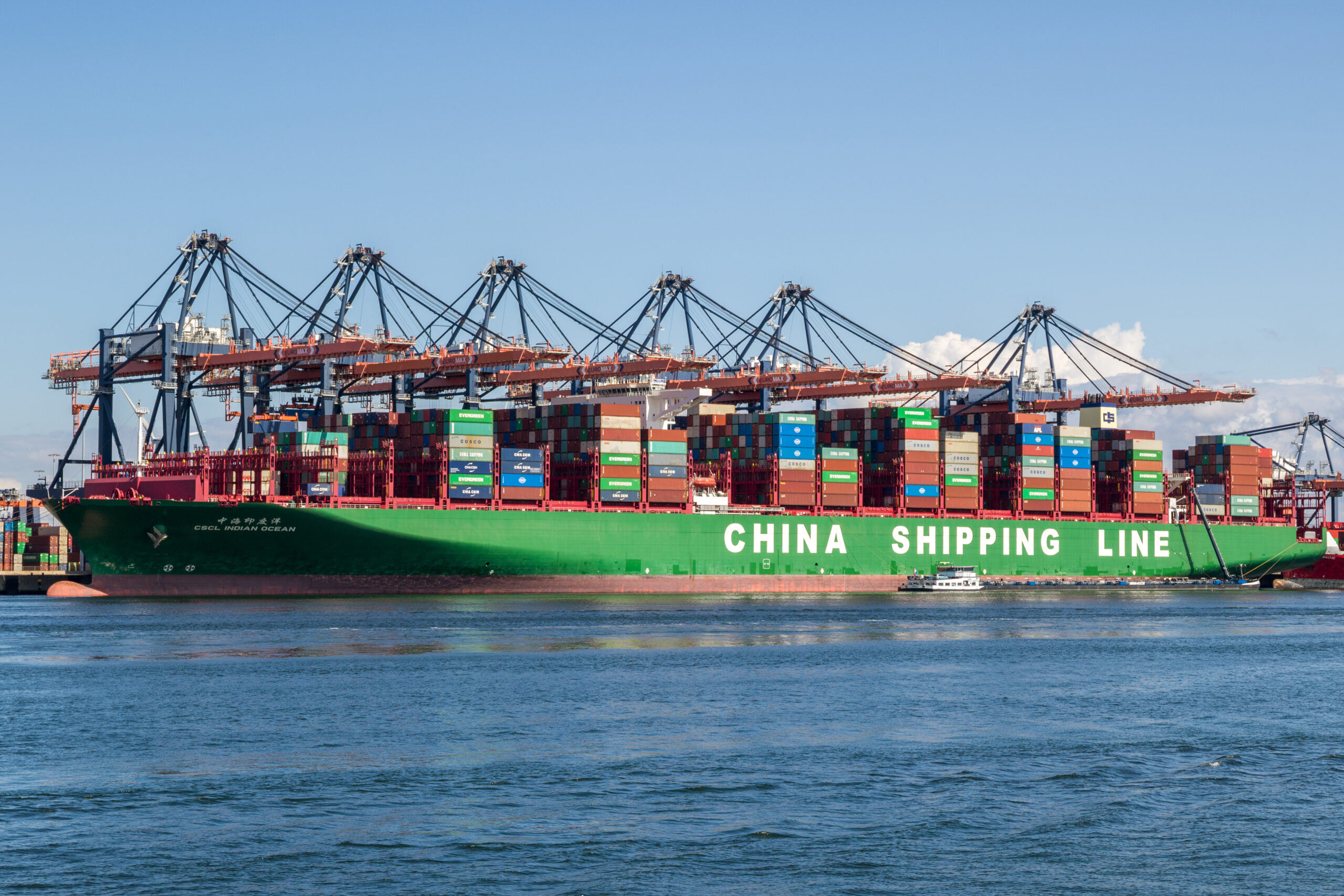 Navigating The Difficulties Of All American Production
Apr 29, 2025
Navigating The Difficulties Of All American Production
Apr 29, 2025 -
 Why Domestic Manufacturing In The Us Remains A Challenge
Apr 29, 2025
Why Domestic Manufacturing In The Us Remains A Challenge
Apr 29, 2025 -
 The Struggle To Create All American Products A Realistic Look
Apr 29, 2025
The Struggle To Create All American Products A Realistic Look
Apr 29, 2025
